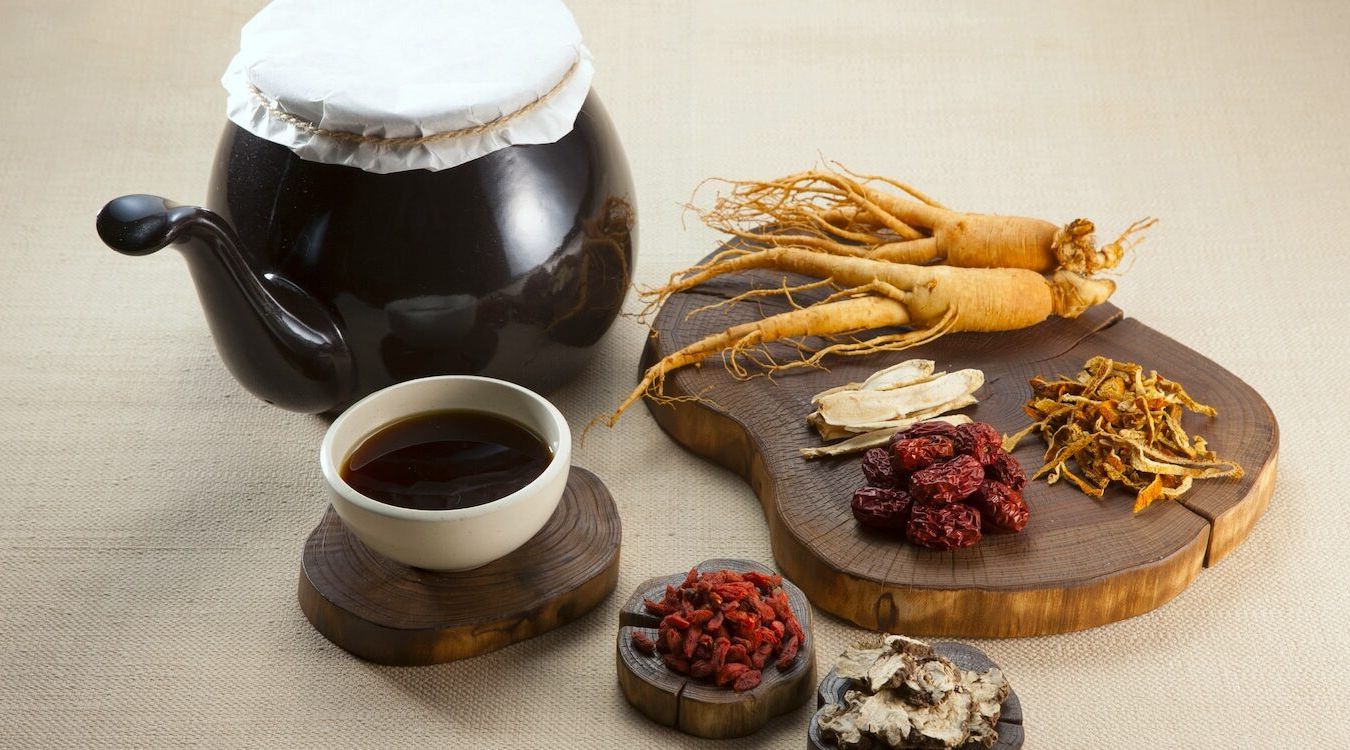
Traditional Korean Medicine (TKM) has a rich history spanning thousands of years, blending herbal remedies, acupuncture, and holistic practices. Ever wondered how ancient Koreans treated illnesses or maintained health? TKM focuses on balancing the body's energy, known as "Qi," through natural methods. This approach emphasizes prevention over cure, aiming to harmonize the body, mind, and environment. From ginseng to acupuncture, TKM offers a unique perspective on health and wellness. Curious about the secrets behind these ancient practices? Let's dive into 25 fascinating facts about Traditional Korean Medicine that will broaden your understanding of this age-old healing art.
Key Takeaways:
- Traditional Korean Medicine (TKM) has been around for over 2,000 years and incorporates herbal remedies, acupuncture, and diagnostic techniques to promote holistic health and well-being.
- TKM continues to evolve and is integrated into modern healthcare systems, with ongoing research and a focus on preventive care, making it a valuable complement to Western medicine.
The Origins of Traditional Korean Medicine
Traditional Korean Medicine (TKM) has a rich history that dates back thousands of years. It combines herbal remedies, acupuncture, and other holistic practices to promote health and well-being.
- TKM originated over 2,000 years ago during the Three Kingdoms period in Korea.
- The foundational text of TKM is the "Dongui Bogam," written by Heo Jun in the 17th century.
- Heo Jun's "Dongui Bogam" is recognized by UNESCO as part of the Memory of the World Register.
- TKM incorporates elements from Traditional Chinese Medicine but has unique practices and theories.
Herbal Remedies in TKM
Herbal medicine plays a crucial role in TKM. Various plants, roots, and minerals are used to create remedies for different ailments.
- Ginseng is one of the most famous herbs used in TKM, known for boosting energy and immunity.
- Angelica root, or "Danggui," is commonly used to improve blood circulation and treat menstrual disorders.
- Licorice root, called "Gamcho," is often used to harmonize other herbs in a prescription.
- Schisandra berries, known as "Omija," are used to treat respiratory issues and enhance liver function.
Acupuncture and Moxibustion
Acupuncture and moxibustion are two essential techniques in TKM. They aim to balance the body's energy, or "Qi," and promote healing.
- Acupuncture involves inserting thin needles into specific points on the body to stimulate energy flow.
- Moxibustion uses burning moxa (dried mugwort) near the skin to warm and invigorate the flow of Qi.
- There are over 300 acupuncture points on the human body used in TKM.
- Acupuncture is often used to treat pain, digestive issues, and stress-related conditions.
Diagnostic Techniques in TKM
TKM practitioners use various diagnostic methods to understand a patient's condition and determine the best treatment.
- Pulse diagnosis involves feeling the pulse at different points on the wrist to assess health.
- Tongue diagnosis examines the color, shape, and coating of the tongue to identify imbalances.
- Facial diagnosis looks at the complexion and features of the face to detect underlying issues.
- Practitioners also consider a patient's emotional state and lifestyle when diagnosing.
Dietary Therapy in TKM
Dietary therapy is another important aspect of TKM. It emphasizes the use of food as medicine to maintain health and prevent disease.
- TKM recommends eating seasonal and locally grown foods to align with natural cycles.
- Warm foods like ginger and garlic are suggested to boost metabolism and improve circulation.
- Cooling foods such as cucumber and watermelon are advised to reduce heat and inflammation.
- Balanced meals with a variety of flavors and colors are encouraged to support overall health.
Modern Applications of TKM
While rooted in ancient practices, TKM continues to evolve and adapt to modern healthcare needs.
- TKM is integrated into South Korea's national healthcare system, with many hospitals offering TKM treatments.
- Research on TKM is ongoing, with studies exploring its effectiveness for various conditions.
- TKM is gaining popularity worldwide, with practitioners and clinics in many countries.
- Combining TKM with Western medicine is becoming more common to provide comprehensive care.
- TKM emphasizes preventive care, encouraging regular check-ups and healthy lifestyle choices to maintain well-being.
The Essence of Traditional Korean Medicine
Traditional Korean Medicine (TKM) offers a rich tapestry of healing practices and philosophies that have stood the test of time. Rooted in holistic approaches, TKM emphasizes balance and harmony within the body. From acupuncture to herbal remedies, these methods aim to treat the root causes of ailments rather than just the symptoms.
Understanding TKM provides valuable insights into how ancient wisdom can complement modern medicine. It’s fascinating to see how practices like moxibustion and cupping continue to gain popularity worldwide. Whether you’re curious about ginseng’s benefits or the principles of Yin and Yang, TKM offers a wealth of knowledge.
Exploring these facts not only broadens your perspective on health but also highlights the importance of cultural heritage in shaping medical practices. Embracing TKM can lead to a more balanced, holistic approach to well-being.
Frequently Asked Questions
Was this page helpful?
Our commitment to delivering trustworthy and engaging content is at the heart of what we do. Each fact on our site is contributed by real users like you, bringing a wealth of diverse insights and information. To ensure the highest standards of accuracy and reliability, our dedicated editors meticulously review each submission. This process guarantees that the facts we share are not only fascinating but also credible. Trust in our commitment to quality and authenticity as you explore and learn with us.
